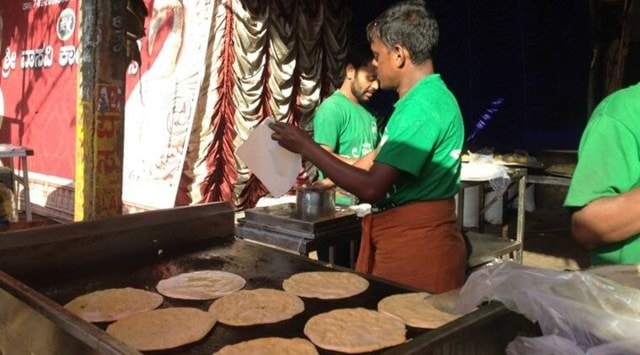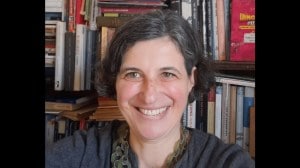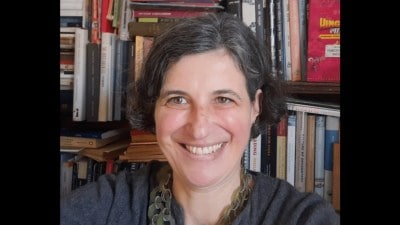Stay updated with the latest - Click here to follow us on Instagram
Avarebele Mela back in Bengaluru after pandemic lull, this time it’s bigger and better
The unique food festival hosts stalls featuring over 100 delicacies with avare or hyacinth bean as the chief ingredient.
 Food stalls at Avarebele Mela in Bengaluru (FILE)
Food stalls at Avarebele Mela in Bengaluru (FILE) By Subhashini Ramasamy
Bengaluru’s famous Avarebele food festival is back for its 2023 edition and city residents are once again unable to resist its famous delicacies. The Avarebele Mela, which usually takes place at the narrow yet iconic food street at VV Puram, has now shifted its venue to National College Grounds, Basavanagudi, to accommodate more visitors.
Inaugurated by author and Infosys co-founder Sudha Murthy on Thursday, the unique food festival hosts around 40 stalls featuring over 100 delicacies with avare or hyacinth bean as the chief ingredient. This includes masala idli, holige, samosa, dosa, paddu, ice-cream, payasa, vada, gobi manchurian, peri peri masala and sweets.
Organised across a bigger space and with more food varieties, the mela witnessed a crowd of about 25,000 on January 6, according to the organisers. It will go on till January 9, Monday. As a tribute to the late Puneeth Rajkumar, it also features a special sweet named ‘Appu’, after the actor.
The Avarebele Mela was first organised in 2001 by Geetha Shivakumar. “It was my mother’s idea to incorporate the bean into a variety of dishes to prevent it from spoilage,” said Swathi K S, the owner of Shree Vasavi Condiments. “Over the years, we have been organising the mela under her guidance,” she added.
After the mela’s success in 2001, many farmers connected with Shree Vasavi Condiments to sell their produce of hyacinth beans. Most of these farmers belong to Magadi in Karnataka’s Ramanagara district, where the beans are grown in bulk. Currently, the company collaborates with over 500 farmers for the mela. The farmers who produce the largest crop are also felicitated during the festival.
“During the Covid-19 pandemic, the mela was not as huge as it used to be. Businesses took a hit. To make up for the same, we decided to organise it in a grander fashion this year,” Swathi added.
Shops along the food street at VV Puram or Thindi Beedi, where the mela is usually held, have a rich history of around three to four decades. “The stories I have heard about the food street indicate that there were many temples in and around the area. While the temples attracted crowds from older age groups, the younger ones were always drawn to the tasty food available nearby,” said Raghavendra M N, a Bengaluru resident who has been visiting the food street for the last 35 years.







